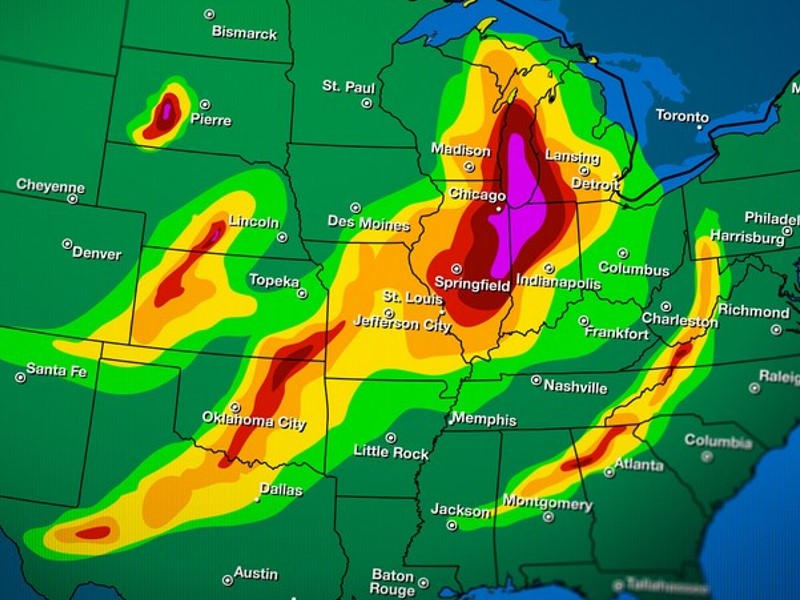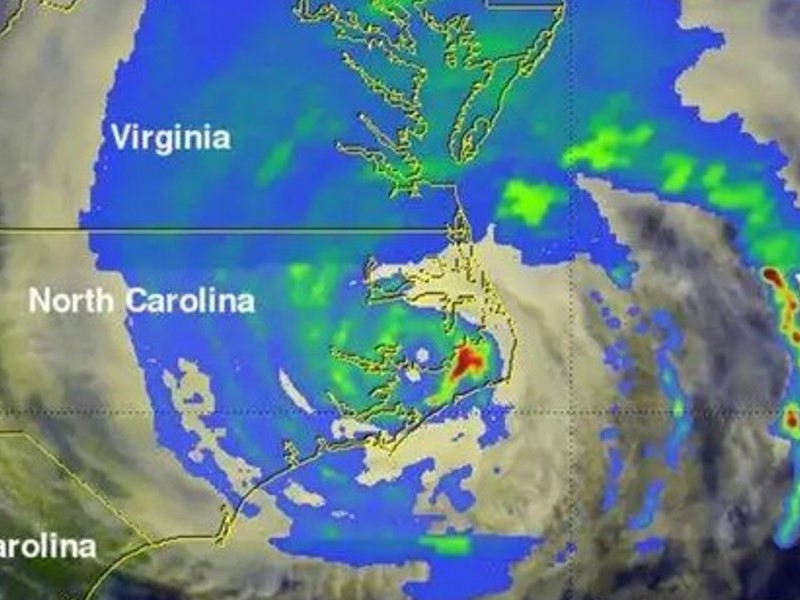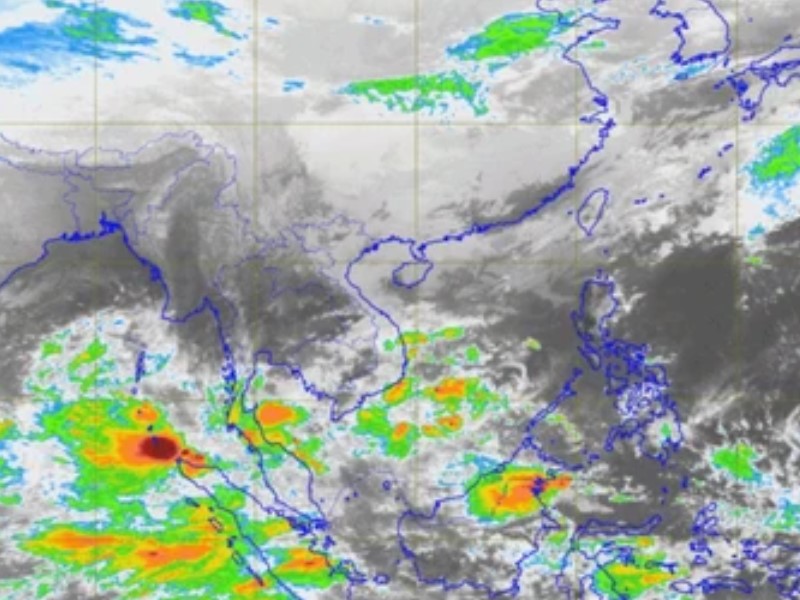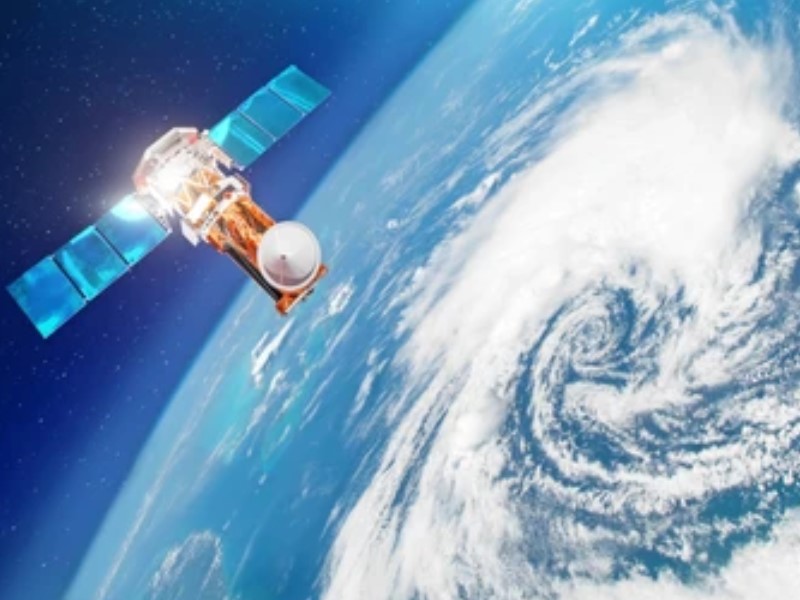
How to Read radar image of precipitation Like a Total Pro
Whether you love to spend your time outdoors or just worry about the weather, getting a reliable radar image of precipitation and knowing how to read and use it correctly can work to your advantage.
The weather is one of those things on the planet that tends to be unpredictable. One minute, it’s sunny, and before you know it, a downpour is heading your way. Of course, there are also threats of more severe and damaging weather conditions, including floods, strong winds, hail, tornadoes, and so much more.
The good news is that the world is no longer caught off guard by bad storms, just like how it was centuries ago. This is all thanks to the development and rise of modern weather radar apps.
Table of Contents
How Does a radar image of precipitation Work?
Weather radar sends two perpendicular microwave radiation beams into the atmosphere. A part of this radiation reflects off atmospheric objects such as snow, hail, or snow and goes back to the radar.
A special software measures how intense this returning radiation is and the length of time it takes to bounce back. This helps identify the intensity and location of the precipitation.
The beam’s shape, which looks like a plus sign when you look at it directly, also makes it possible for the radar to determine the shape and size of the objects it detects. This can come in handy for spotting debris from tornadoes and hail.
This is why if you want to keep yourself and your family safe during dangerous weather disturbances, whether in the comforts of your home or out in the wild, investing in a good weather radar app is a decision you won’t regret.
Helpful Tips for Reading Weather Radar
Reading radar image of precipitation doesn’t have to be too complicated. Here are a few tips to help you out:
Determine What’s Happening within a Storm
The development of weather radar technology during the 1990s was enough to let the world see the winds inside a thunderstorm. Using the Doppler effect to measure the speed and direction where snow, hail, and rain are moving, it can tell the exact direction of a storm and the speed of the wind.
Velocity imagery plays a critical role here, letting you know what’s happening within a storm. You won’t be able to tell this immediately if you look at the precipitation alone. This kind of technological advancement has already helped save the lives of millions of people for the past several years.
An excellent example of why it is highly critical to see the wind within a storm is the tornado that hit Greensboro, North Carolina, in April 2018. Nothing seems too suspicious during the progress of the tornado. However, looking at the rain itself can be quite deceiving.

When you switch to velocity imagery and check the wind that swirls inside the storm, it becomes clear that a tornado is on the ground.
Most of the time, green and red colors are used to show the velocity imager. Red indicates the winds that blow away from the radar, while green shows the winds that blow toward it. The stronger winds are often equivalent to brighter colors on the radar imagery.
A potential tornado and rotation can be spotted in a thunderstorm if you look for strong winds that blow in various directions beside each other. The bright colors that all move in a single direction indicate destructive straight-line winds that can be seen in a squall line.
Look Beyond Precipitation Alone
Anyone who has ever used a radar image of precipitation or watched a TV weather forecast might already be familiar with the basics of spotting precipitation on a weather radar imager. Most color scales are simple rainbows, with warmer colors indicating heavier rainfall amounts.

But again, looking at just the precipitation will never tell you everything you need and want to know regarding a storm. For example, a dark red patch that moves toward your area indicates that a thunderstorm is coming your way. A heavy precipitation line that moves in unison signifies a squall line, possibly packing gusty winds.
What is particularly concerning here is a storm that resembles a fishhook. A classic supercell, or a thunderstorm with a rotating updraft, allows the storm to produce high wind gusts, strong tornadoes, and large hail.
Acknowledge the Radar’s Limits
There will always be limitations with radar image of precipitation, just like any other form of technology. For instance, the mountains in the western United States can be a substantial barrier to using radars. The expansive swaths of land in Utah, Nevada, and Oregon have minimal radar coverage at the atmosphere’s lower levels because of the region’s rough terrain, making it more challenging to identify hazards in the said locations.
The radar beam’s height itself presents a serious challenge as well. Due to the Earth’s curvature, the beam can rise a higher distance off the ground once it goes further from the radar. It means that the radar beam is over 10,000 feet the moment it is several dozen miles away from the site of the radar.

This can make it challenging to see the thunderstorms’ low-level features, such as damaging tornadoes and winds, specifically in the Midwest and Plains regions in the United States, where the relatively poor coverage of the radar coincides with recurrent thunderstorm activity.
Use the Best Weather Radar App
Installing the best radar image of precipitation on your phone can help you in many ways. Ensure you avoid apps that lack detailed radar imagery and are limited to overly smooth and nebulous precipitation blobs moving toward your area. While it may come in handy in a pinch, more is needed, even if you are outside.




